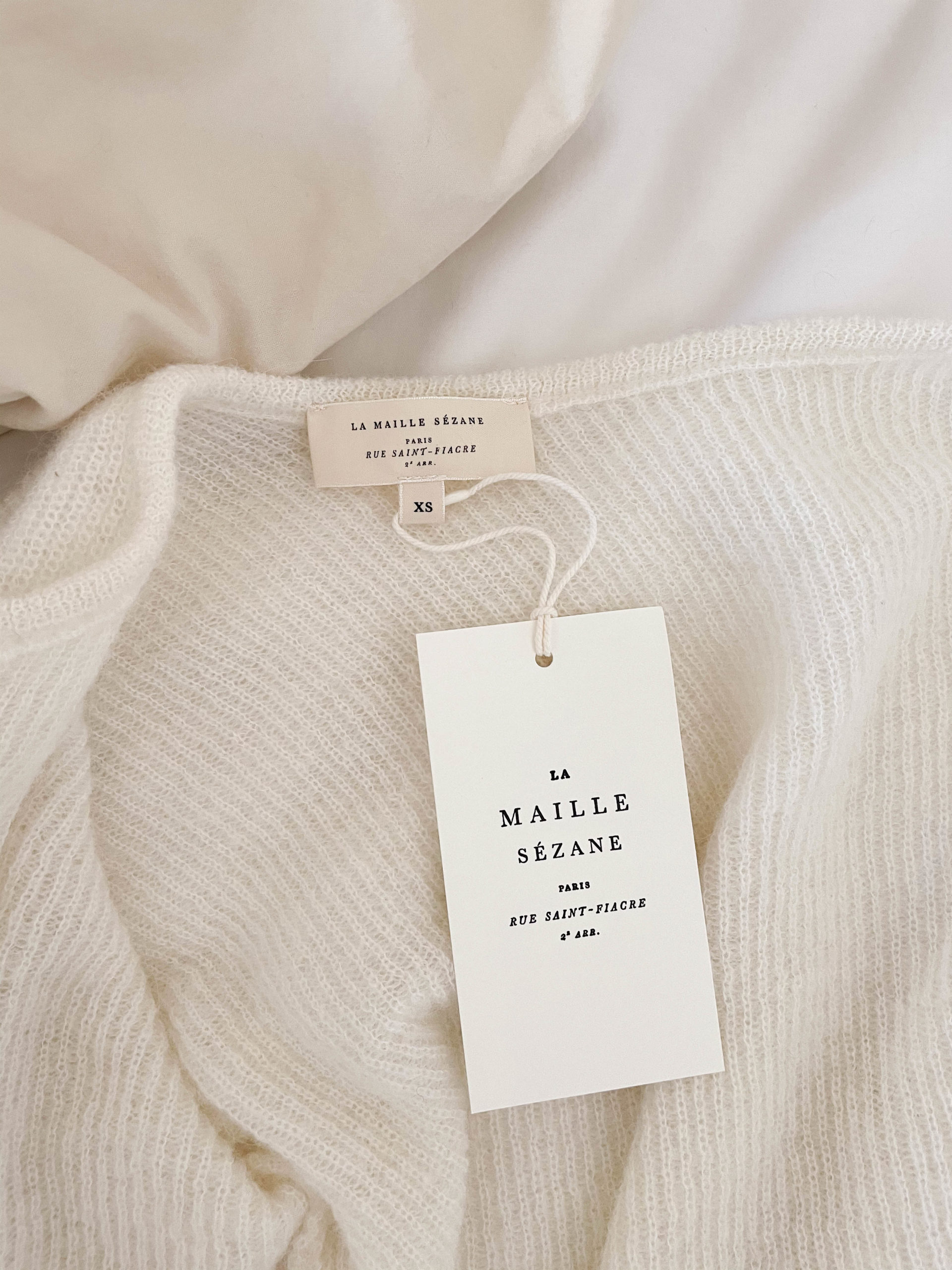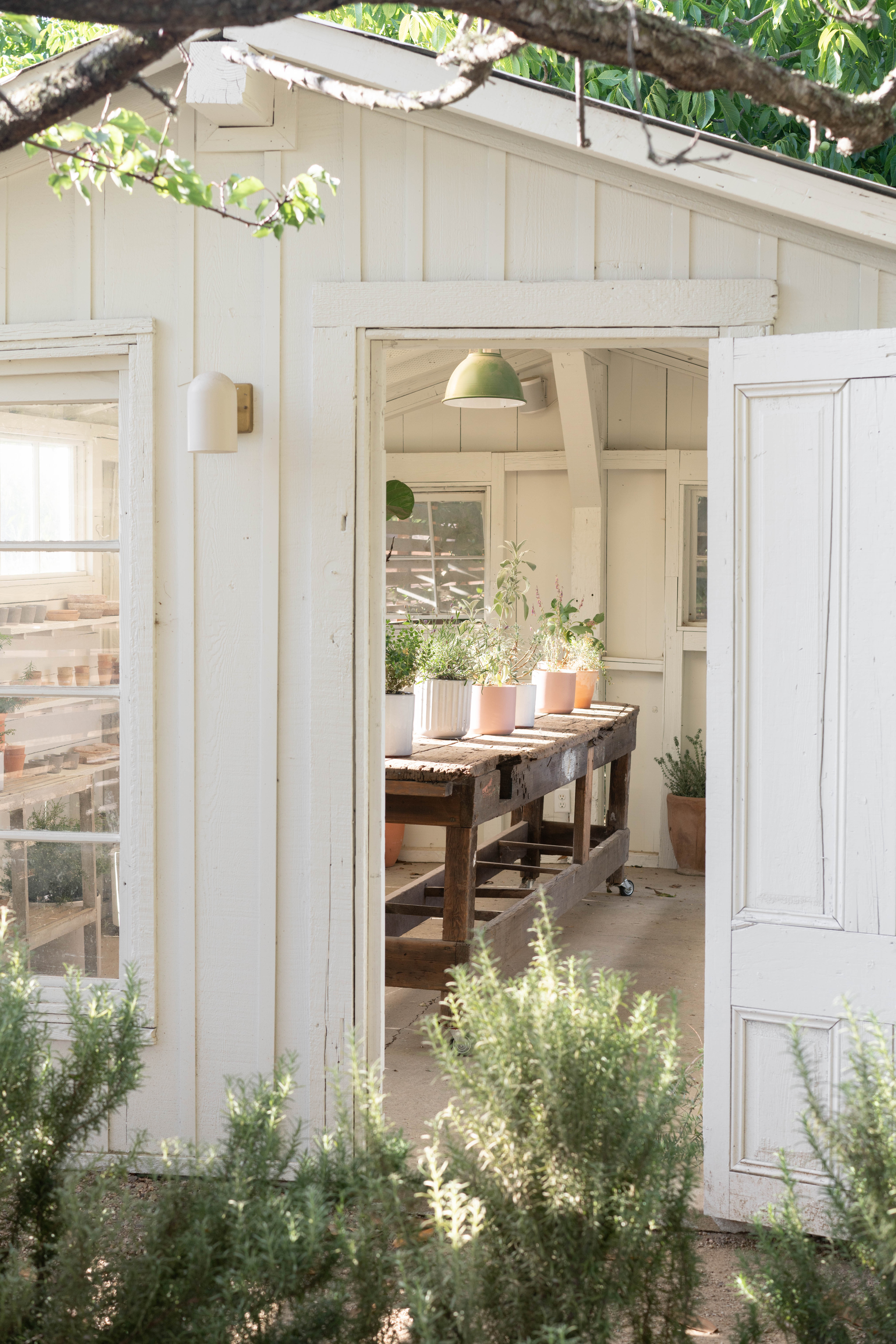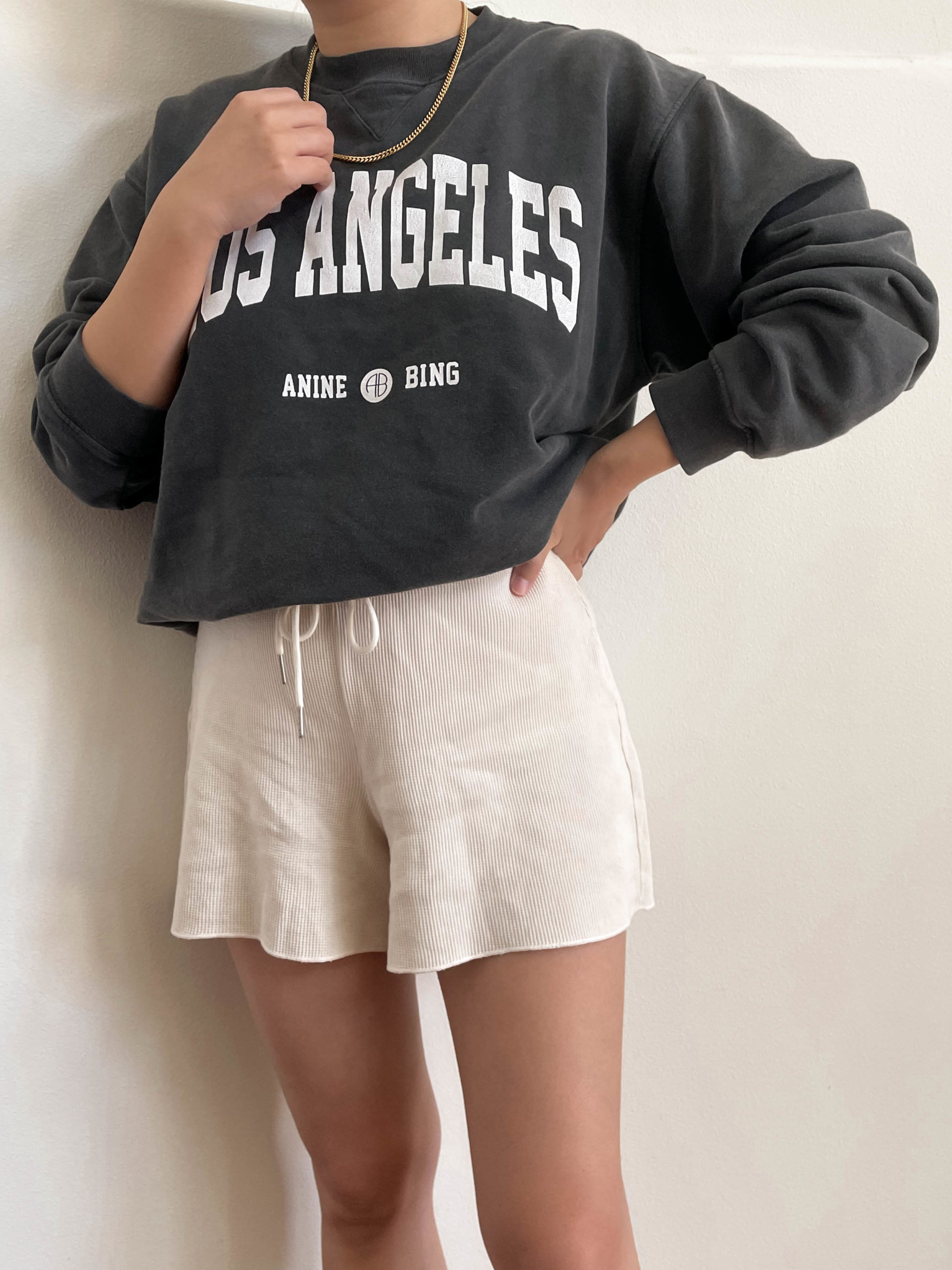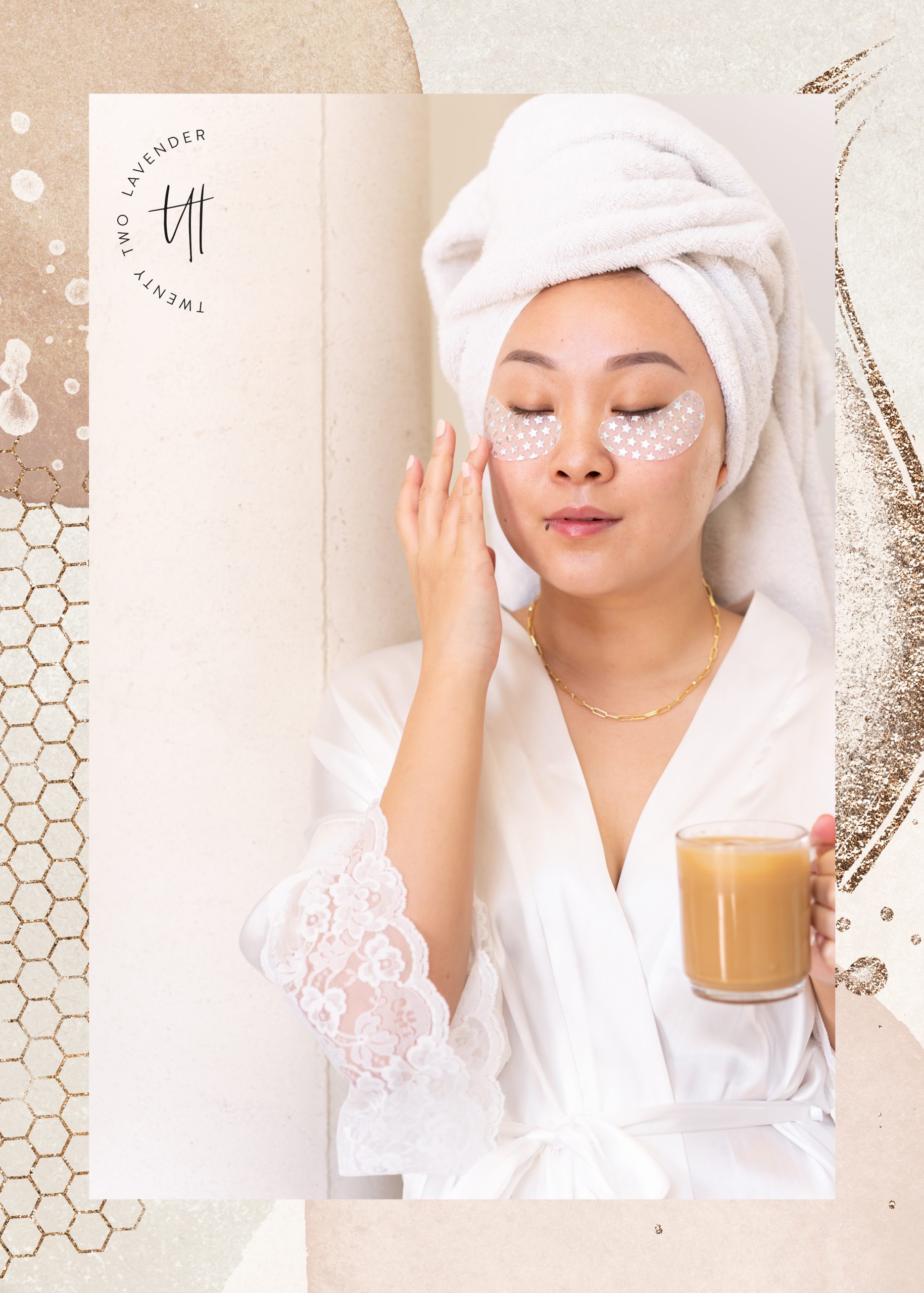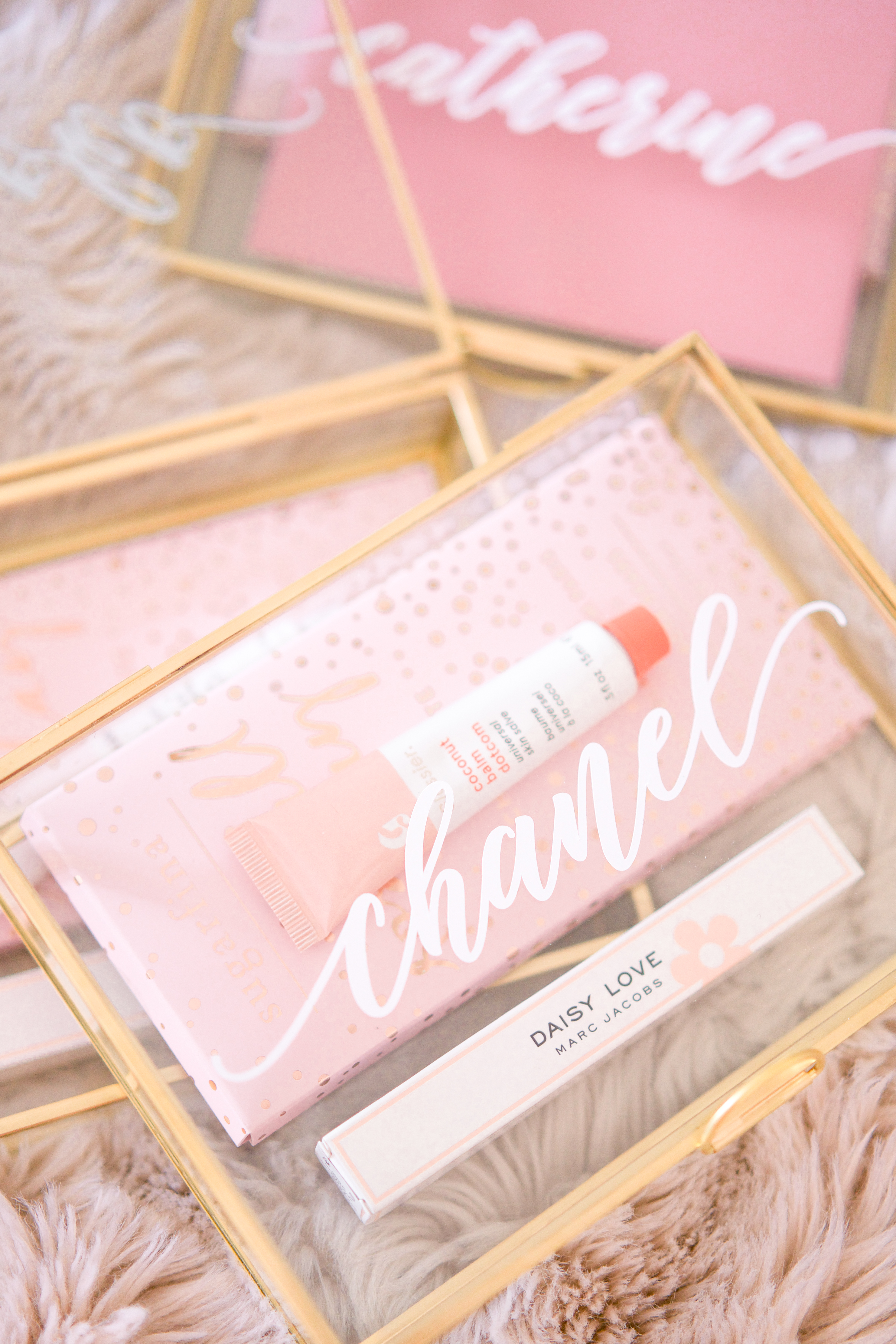For many, including myself, 2020 was a year of change. One of the things I started to actively work on was my relationship with fashion. Being at home every day made me re-evaluate my wardrobe and my wasteful shopping habits. It took some research for me to realize that my role as a fast fashion consumer has its consequences, ultimately leading to a larger environmental and ethical problem. For me, the hardest part was figuring out where to start. Today, I’m sharing the practices I have adopted in the past several months to create a more sustainable closet. If you are open to some change, I hope this helps you with your journey towards fashion consciousness and sustainability.
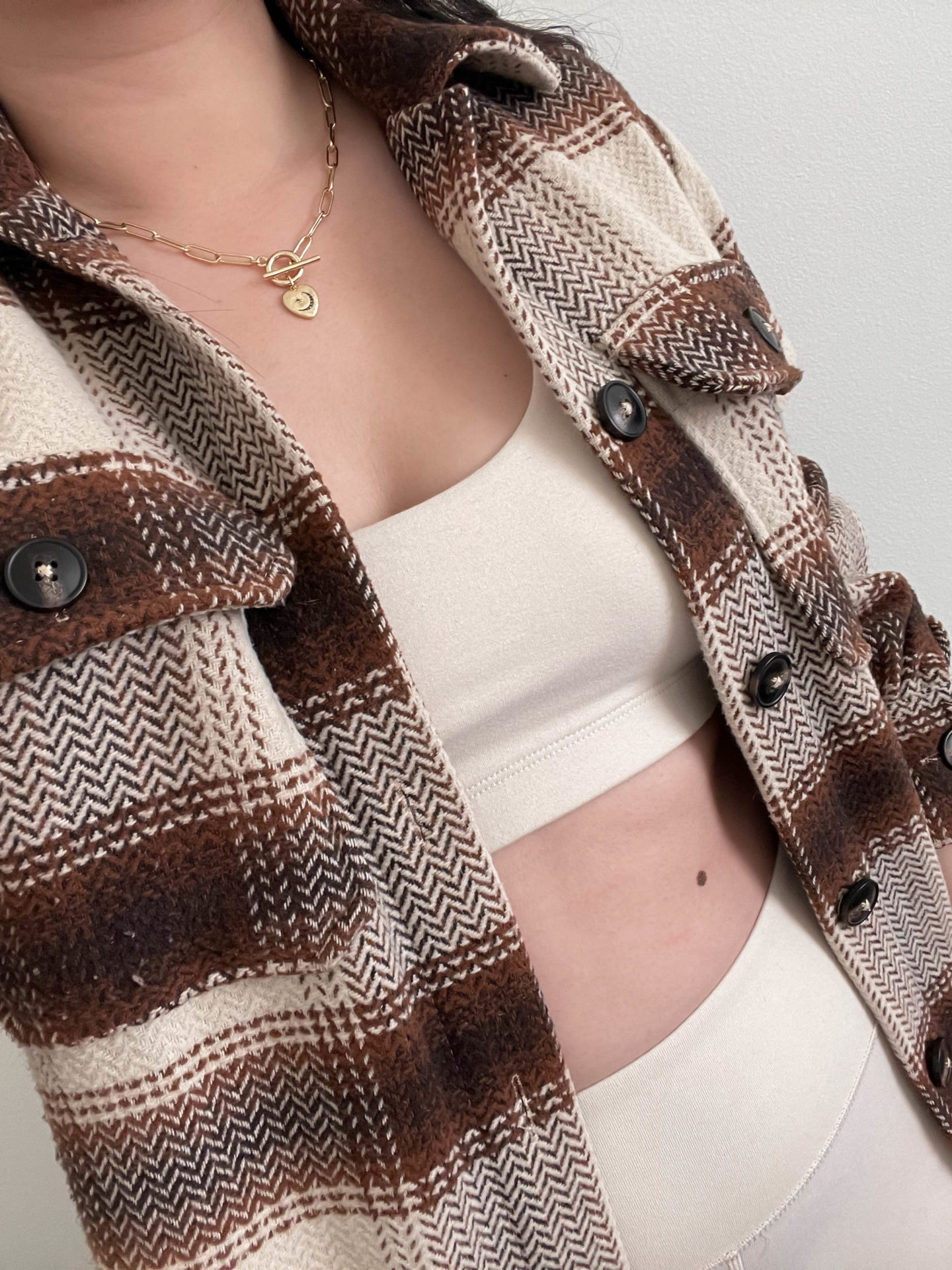
“Buy less, choose well, make it last.”
– Vivienne Westwood
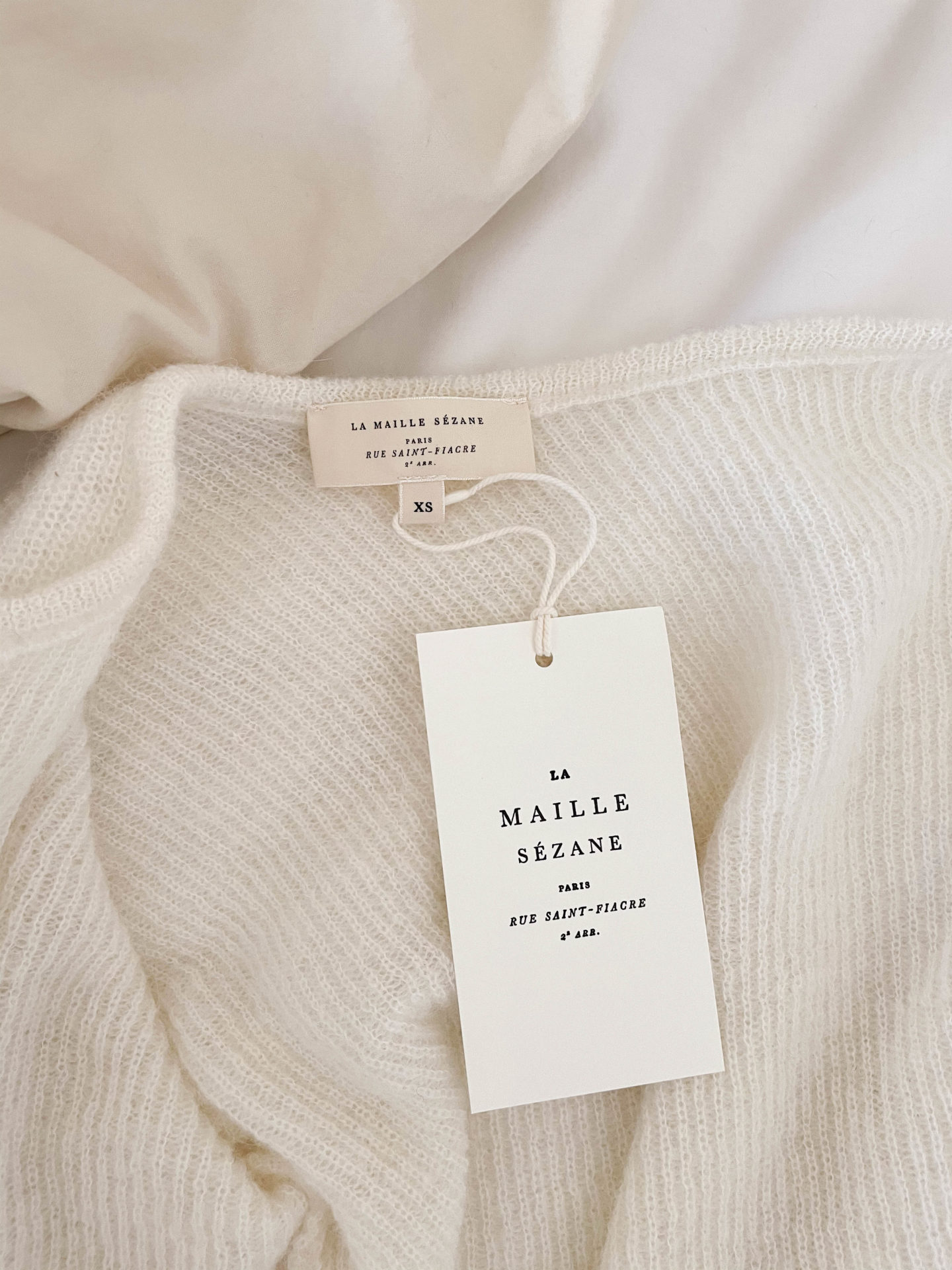
How to Create a More Sustainable Closet
Minimize Fast Fashion Consumption
Since 2019, my goal has been to minimize fast fashion consumption from brands that distribute cheap clothing with minimal efforts to do better for the environment or the people they employ. However, I do continue to purchase from fast fashion brands who have taken steps to lessen their environmental impact. When I purchase from such companies, I follow other adopted practices mentioned throughout this post.
Shop with Longevity in Mind
Buy with intention. Choose quality over quantity and invest in pieces that will last you long term. I apply Eco Age’s 30 Wears Test when shopping. I only buy something if I can see myself wearing it at least 30 times.
Change your mindset
The biggest step towards a more sustainable closet is changing your mindset. Instead of thinking something as expensive, think of the cost per wear. Instead of being attracted by a $20 dress, think of the cheap price to mean cheap material (bad for the environment) and cheap labor (poor working conditions). In the long run, shopping responsibly and with intention will save you money while saving the planet.
Follow Like Minded People
Find people who think the same way. I enjoy learning more about sustainability from blogs such as Elana Jadallah and Jess Ann Kirby.
Consider Fabrics
The fabric our clothes are made out of make a big environmental impact. Opt for materials that are cleaner and more sustainable, like organic cotton, linen, and tencel. Look for GOTS certification for the cleanest clothes in the industry.
Use a Guide
I use Good on You as a guide to educate myself, discover more sustainable brands, and check up on the efforts and progress my favorite brands are making.
Check Your Closet
The most sustainable clothes are the ones you already own. Check your closet before you buy something new to see if you have something similar. Look through what you already have to create new looks. You may even rediscover something you forgot you even had.
Take Care of the Clothes You Own
To help give your clothes longer life, wash less and avoid tumble drying. Freshen up clothing with fabric spray and use a drying rack to prevent shrinking.
Closing Thoughts
This post does not mean I am 100% sustainable when it comes to clothing. These are just some things I have been doing to reduce my fashion footprint. Thank you for taking your time to read this blog post as it’s been months in the making. With these changes coming, since Twenty Two Lavender is a large part about style, we hope you still find inspiration here.
